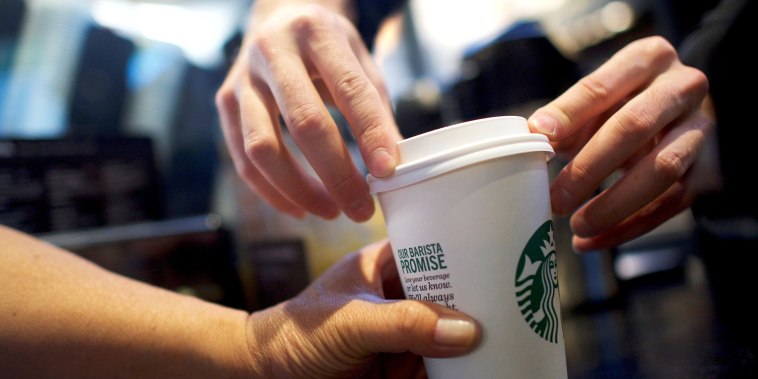The recent consumer pullback wave that has hit many prominent restaurants such as Starbucks, KFC, and McDonald’s was long predicted but its impact is still reverberating through the industry. This unforeseen turn of events has forced these major players to rethink their strategies and pivot towards new approaches to navigate uncertain times.
One crucial factor contributing to this consumer pullback is the changing preferences and behaviors of the modern consumer. Shifts in lifestyle choices, health concerns, and economic hardships have influenced consumers to rethink their spending habits, especially when it comes to dining out. The pandemic has also played a significant role in altering consumer behavior, with many individuals opting for home-cooked meals or convenient delivery services instead of eating out at restaurants.
Starbucks, a pioneer in the coffeehouse industry, has been particularly affected by the consumer pullback. With a significant decrease in foot traffic and in-store sales, Starbucks has been compelled to focus more on its drive-thru and mobile ordering options to adapt to the new normal. The company’s reliance on its physical stores has been challenged, leading to the closure of certain locations and a greater emphasis on digital sales channels.
Similarly, fast-food giants KFC and McDonald’s have also faced challenges due to the ongoing consumer pullback. Both companies have had to reassess their menu offerings, marketing strategies, and operational efficiencies to meet the changing demands of consumers. KFC has introduced new menu items and promotions to entice customers, while McDonald’s has ramped up its delivery and takeout services to cater to the growing trend of at-home dining.
The rise of delivery services and the popularity of meal kit subscriptions have further complicated the situation for traditional restaurant chains. These innovative food delivery options have provided consumers with more choices and convenience, making it harder for restaurants like Starbucks, KFC, and McDonald’s to compete effectively.
In response to these challenges, industry experts suggest that restaurants need to embrace digital transformation, enhance their online presence, and focus on creating unique and personalized experiences for customers. By leveraging technology, data analytics, and customer insights, restaurants can better understand consumer preferences and tailor their offerings to meet evolving tastes and expectations.
Despite the current setbacks faced by Starbucks, KFC, and McDonald’s, there is still hope for the future. By embracing change, adapting to new consumer behaviors, and staying agile in their approach, these iconic restaurant chains can weather the storm and emerge stronger on the other side. The key lies in innovation, customer-centricity, and a willingness to evolve in response to the ever-changing landscape of the restaurant industry.
